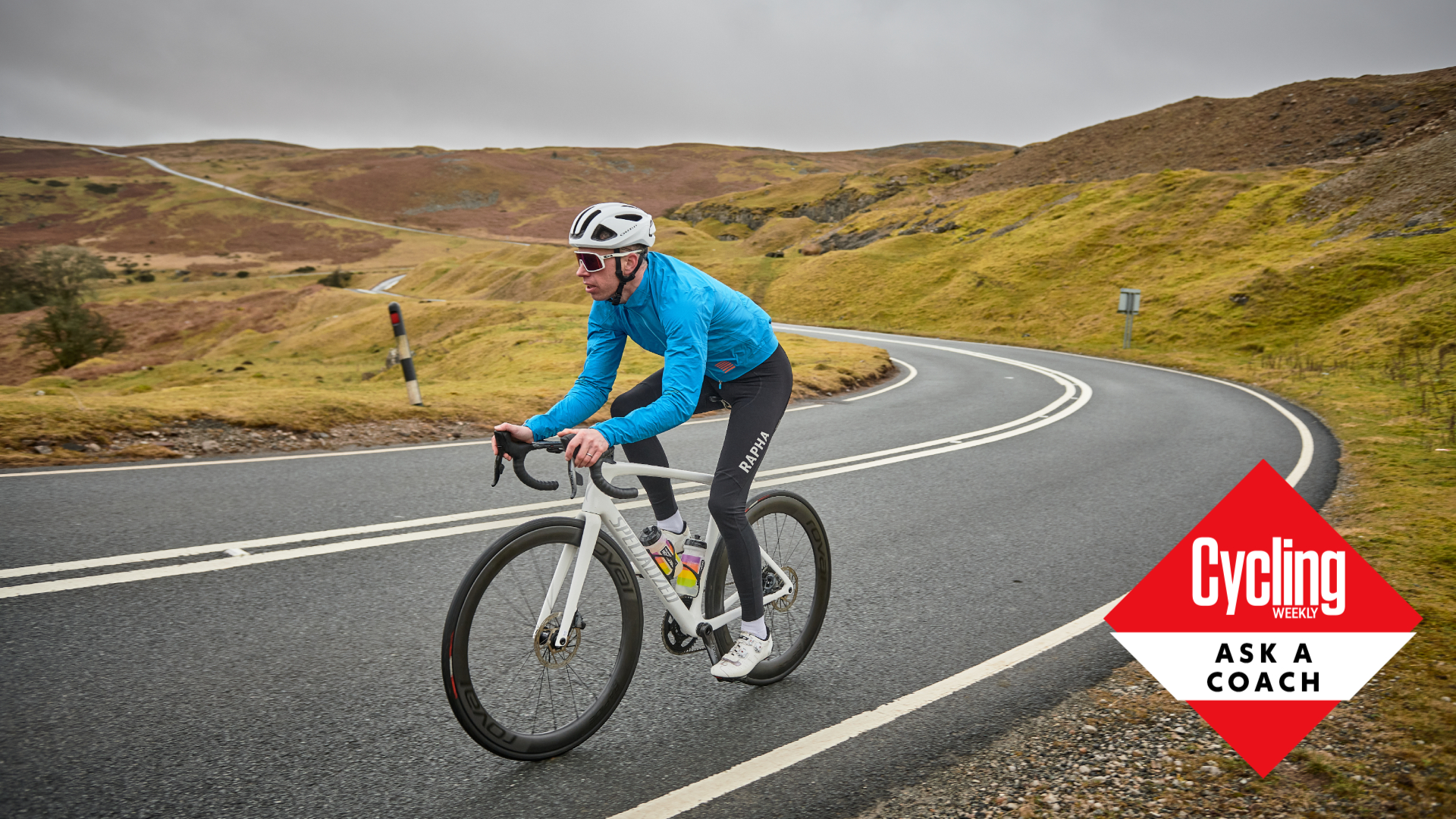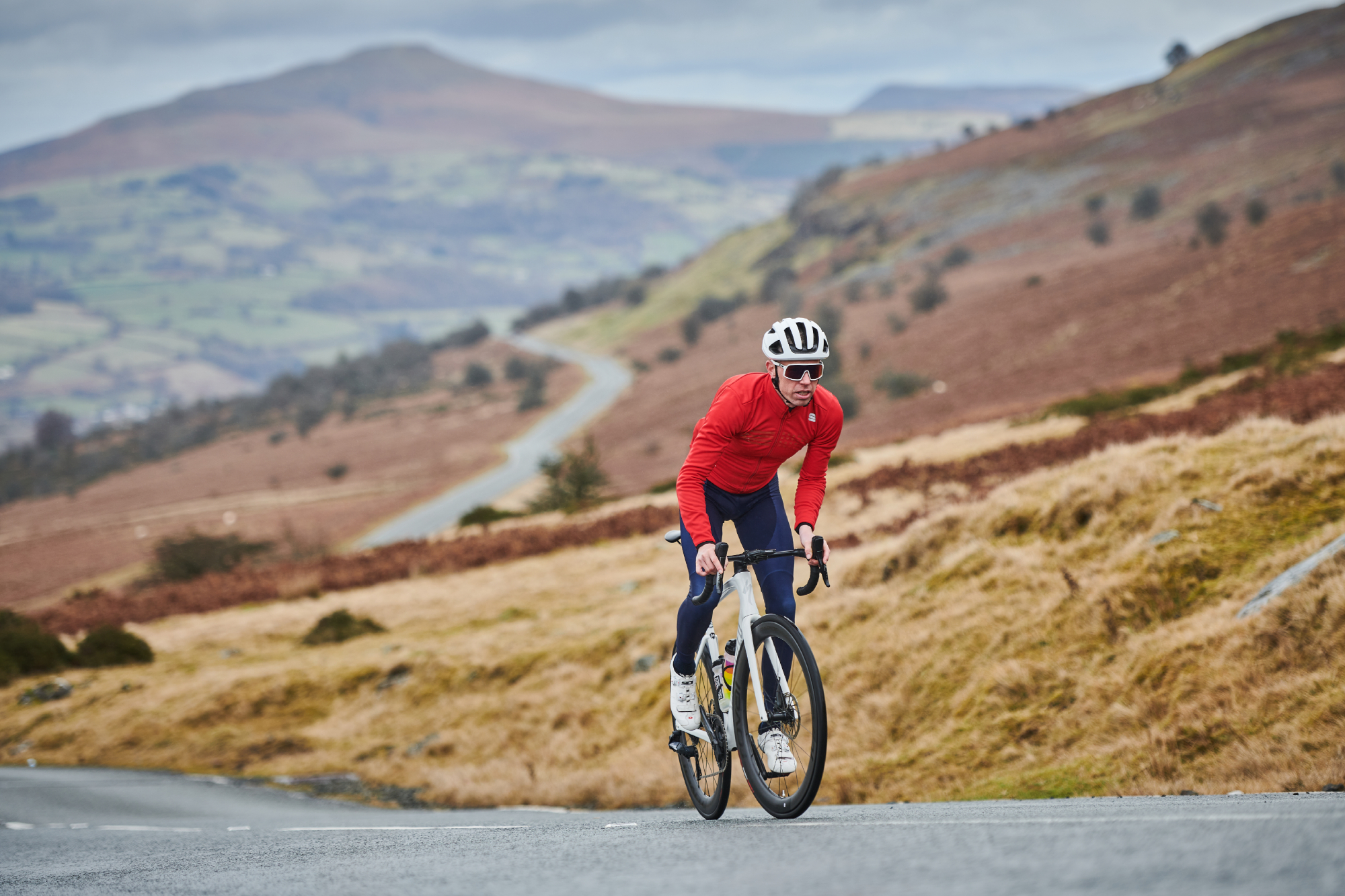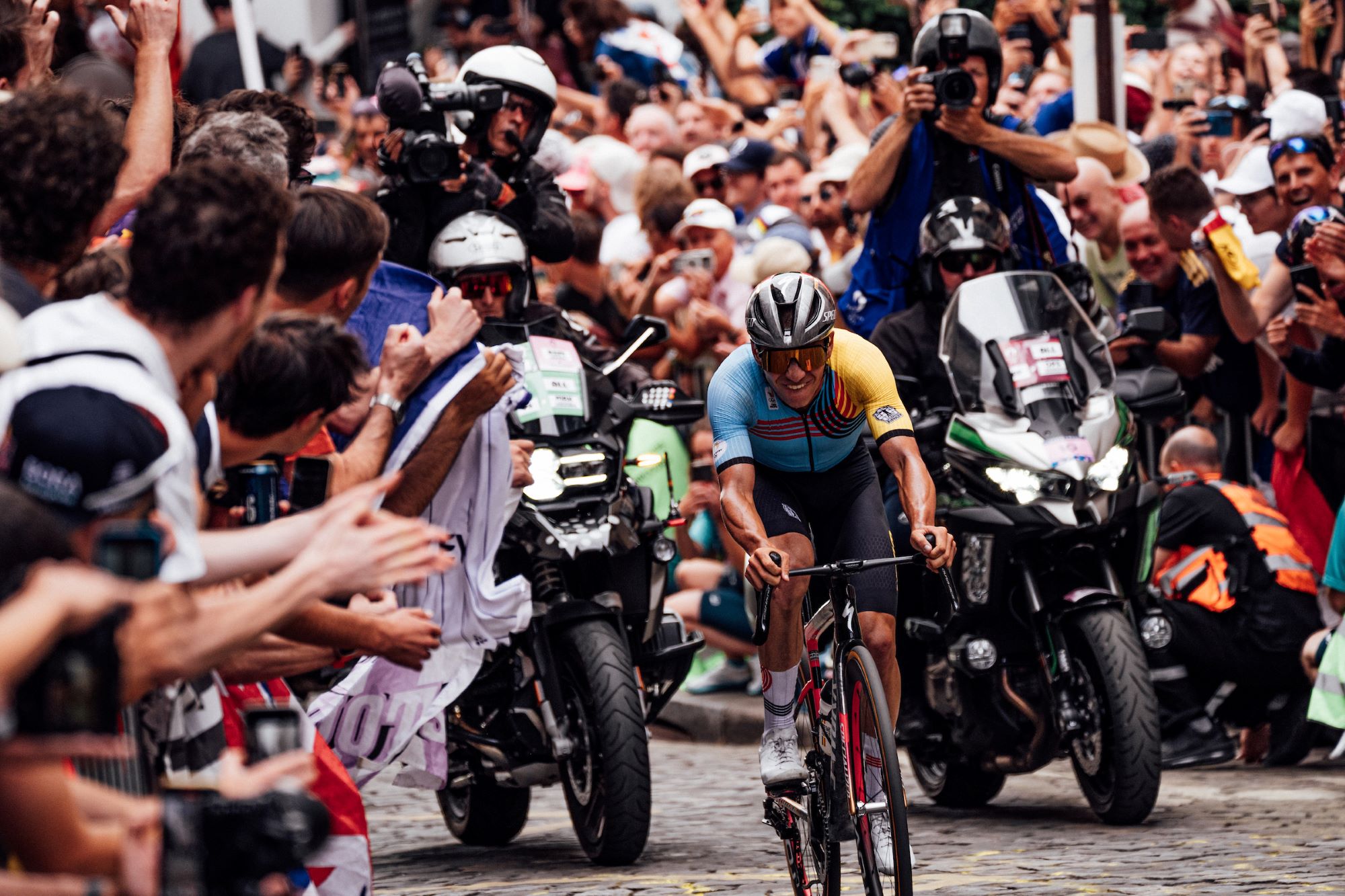Ask a coach: ‘How can I improve my average speed for 2-hour bike rides?’
Here are some targeted training sessions - and some tips for the 2-hour ride itself to boost your average speed


I think we can all agree that going fast is fun! One of the nicest sensations on the bike is cruising along at a fast speed - topped only, perhaps, by the sweet satisfaction of clocking your highest average speed for a ride of that length..
So, what can be done to keep those PRs rolling in? How can I continue to increase my average speed?
In this article, cycling coach Alex Welburn explores some of the route choices you can make, training suggestions you can implement and various other tips for boosting your average speed on 2-hour bike rides.

Performance cycling coach Alex Welburn is one of the experts who will be answering your questions in Cycling Weekly's Ask a Cycling Coach series, online every Wednesday. He's currently completing a PhD on Critical power and W' at Loughborough University whilst also managing the Performance Project, in which he coaches athletes and provides consultation.
1. Terrain
One of the first things to consider is the route, and whether that takes you across undulating hills, narrow countryside roads or the hustle and bustle of the city. Unfortunately, one of the common sights of city riding is traffic lights.
Most cycling computers have an auto start-stop function, it will often take a few seconds to stop and start and you will be constantly slowing and accelerating on either side of that anyway. This will knock your average speed down. So, if you want to improve your average speed, avoiding lots of traffic lights will certainly be beneficial.
The other element is wind. Consider if your route is going to be exposed and the strength and direction of the wind that day. It might be that you decide to start with a tough headwind first, so that you have the tailwind to help you along on the homeward stretch.
Or it could be that you make the most of the tailwind on the way out because you know that your route back is more sheltered. The wind can be fickle and change direction mid ride - sometimes it’s best to bank the benefit, particularly if you can mitigate the headwind on the way back.
Get The Leadout Newsletter
The latest race content, interviews, features, reviews and expert buying guides, direct to your inbox!
2. Training

A large extent of this will be related to how hard you can pedal for two hours, but let’s take a deeper look into it. As the specified duration is around two hours, the average power will be below your Critical Power (CP) / FTP - likely somewhere around 80-95% of that benchmark. This will, of course, depend on your current fitness levels.
Ideally, if we can increase our threshold power, we will also increase the power that’s sustainable for a two hour effort as well. Additionally, there will be points at which we go over our threshold power - for example, a short climb or multiple accelerations - and points when we are slowed down by road furniture and want to get back up to speed.
So, there are a few different types of sessions you can do. I’d always advise a warm-up as well, so your body is ready for the bulk of the training session.
[1] A classic sweetspot style session where you complete 3-4 x 10-minute, or 2 x 20-minute efforts at around 87-96% (this isn’t an exact number, but it gives you a rough guide). Recovery time should be around ½ of the effort duration.
[2] The next type of session is an under-over style session. 2-3 minutes below your threshold power [90-95%] then 30-60s above around 105-110%. You can repeat this over a 12-minute block and have around 10-minute recovery with it. I recommend completing 2-4 sets.
[3] Warm up for 15 minutes and then complete 40-60 minutes at around Zone 3. Depending on your cycling training zone system, it is likely to be around 75% up to 90% of your CP/FTP. You can start conservatively and build across to get familiar with it. Over time you can build the duration or put it into a 30–40-minute chunk and complete 2 efforts in total.
Doing these sessions should help hone your ability to maintain a high average speed for rides of around two hours in duration.
3. Nutrition
As the aim is to be pushing a high power for the duration of the ride, carbohydrates are going to be the primary fuel your body is using. When you press on for the climbs and sit at or above our CP/FTP, you will be using 100% carbohydrates to fuel your muscles at this point - which we have limited stores of. Once those are depleted, we will hit that inevitable wall: the good old-fashioned ‘bonk’.
What we can do, to put it simply, is fuel. For two hours at some intensity, research suggests around 60 grams per hour, and this can be through fluids or solids. I adjust my cycling nutrition based on the weather/temperature. If it is hotter or you know you sweat a fair amount I often go more towards fluids and gels to support. Energy gels can be taken far quicker than chewing through an energy bar, especially if you are breathing quite hard.
4. Aerodynamics
Think about the position you hold, as you are around 70% of what hits the air. So, getting into a more aerodynamic position can certainly help go faster for similar power. A closer-fitting jersey and shorts will help you glide through the air. If you find this uncomfortable, you could start adding this position more often into your training to get used to putting out power in what is considered a more aggressive position.
5. Monitoring progression
We all want to know if we are improving: you can simply make note of your average speed, and create a private segment, so you can quickly and easily view your progress. This can allow you to see where you were faster or slower on certain parts and may allow you to see if any themes are developing.
For example, you might always set off fast and then slow down, with your average speed starting to decline as time progresses. It might feel like you're putting out a consistent effort when on the bike - but how hard the effort feels doesn’t necessarily correlate to the actual power you're putting out. The answer might not be that you simply need to go out slower, it could be insufficient fueling which is holding you back. It’s important to try and reflect on the bigger picture of what might be holding you back, and to try changing one element at a time to see what makes the difference.
Overall, there are quite a few things to change to improve your average speed, particularly within route choice. But at the end of the day, you still need to pedal the bike, so if improving your average speed is one of your aims, then having a couple of targeted training sessions are vital.

Thank you for reading 20 articles this month* Join now for unlimited access
Enjoy your first month for just £1 / $1 / €1
*Read 5 free articles per month without a subscription

Join now for unlimited access
Try first month for just £1 / $1 / €1
Alex is a Physiologist, Performance Coach, who also lectures occasionally at Loughborough
University where he is completing his PhD in Critical power and W'.
After competing for over 10 years on the bike, where he has competed for GB in both
cyclocross and mountain bike events, he now spends his spare time in the mountains as an
aspiring guide. Alex has worked with cyclists of all levels over the last 9 years, from ultra-
endurance world champions to the Women’s TDF. Supporting his PhD he manages The
Performance Project, consulting with and coaching athletes. Finally, he is also a proud
sponsor of southern based LAKA X Pedal Mafia Race Team.
-
 Remco Evenepoel hails end of 'dark period' and announces racing return
Remco Evenepoel hails end of 'dark period' and announces racing returnOlympic champion says comeback from training crash has been 'the hardest battle of my life so far'
By Tom Thewlis
-
 A bike rack with an app? Wahoo’s latest, and a hub silencer – Sea Otter Classic tech highlights, Part 2
A bike rack with an app? Wahoo’s latest, and a hub silencer – Sea Otter Classic tech highlights, Part 2A few standout pieces of gear from North America's biggest bike gathering
By Anne-Marije Rook